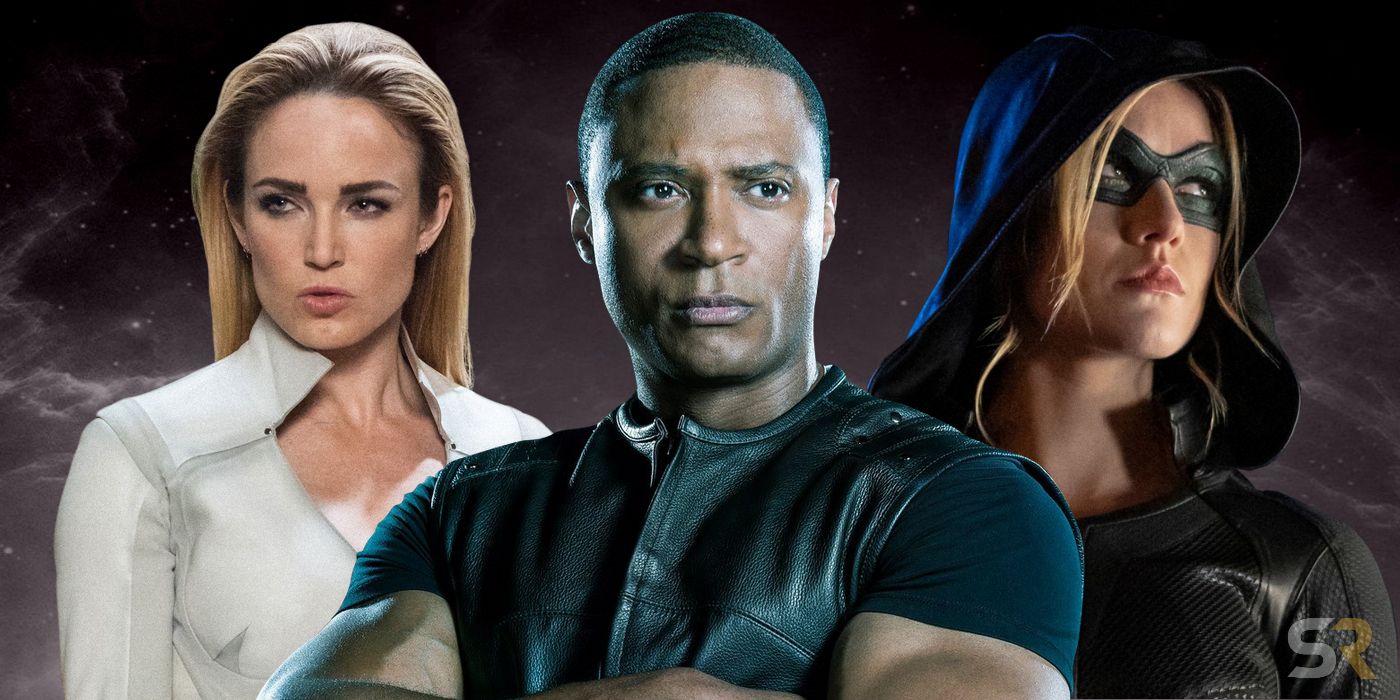
Arrow, the series that began The CW’s ever-growing Arrowverse, expanded the DC Comics' Green Arrow mythology with the addition of original characters. While the Stephen Amell-led drama allowed the network to unleash multiple spinoffs, the franchise has become known for some of the characters that didn’t originate from the DC Universe. Whenever any comic book property is adapted, whether it’s for the small or big screen, it always benefits the storytellers to include new and fresh voices into the said established project. Original characters help someone like Oliver Queen, who debuted in comics back in November 1941, transition into the modern time, and connect with viewers who aren't necessarily familiar with the comics.
Original characters allow viewers and readers to get to follow new characters that don’t have any previous iteration to be compared to. Unique creations can also serve as the perspective of those watching superhero shows without knowing a single thing of the canon. Despite Smallville being the first DC TV series to ever introduce Green Arrow in live-action, Arrow was the platform to utilize some of the 60-plus years of material while adding new blood to the Emerald Archer's universe. For 8 years, the Greg Berlanti-produced series made sure to not only adapt these comic characters, but also let these original voices be as imperative to Oliver’s story as someone like Black Canary, Arsenal, and Merlyn the Dark Archer.
While Arrow concluded its 8-year long run back in January, The CW’s DC TV universe, Arrowverse, is and will continue to be home to some of the show’s original characters. With several spinoffs like The Flash, Supergirl, Legends of Tomorrow, Batwoman, Black Lightning, and the upcoming Superman and Lois series on The CW's programming block, some of them will live beyond Arrow's 8 seasons. With the large cast of characters that appeared between 2012-2020, these are some of the major Arrow characters who began their lives on the television screen and not in the pages of comics.
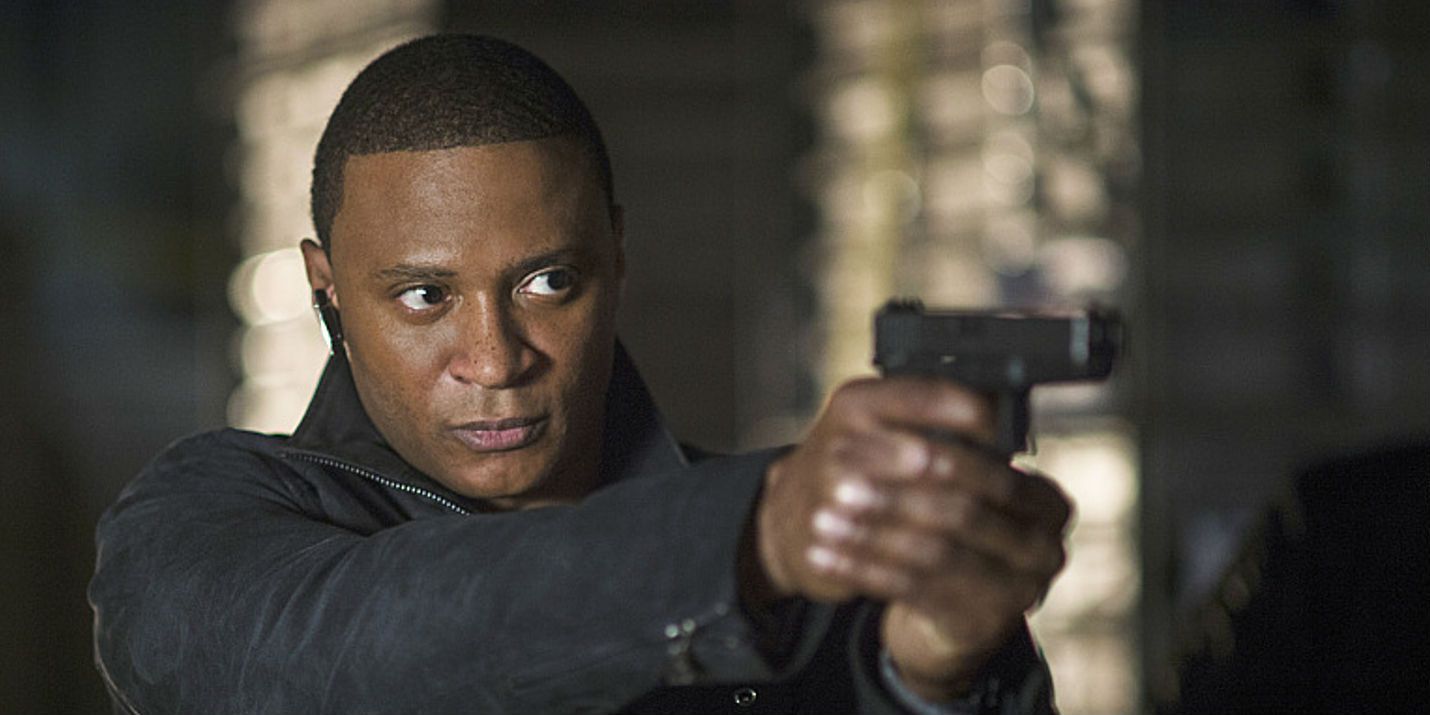
From the moment Oliver began his crusade in Star City (FMA Starling City), it didn’t take long for John Diggle (David Ramsey) to become part of his heroic journey. What could have easily been a typical sidekick for Oliver ended up becoming one of Arrow’s integral voice of reasons, as Diggle became just as much of a hero as the Emerald Archer. Diggle, who was named after Green Arrow: Year One writer Andy Diggle, was primarily portrayed as Oliver’s true equal. Whenever Oliver needed someone to set him straight, Diggle was always the right man for the job. Diggle got to develop his own mythology throughout the show's run that included becoming Spartan and even serving as the Green Arrow for a while.
But as seasons progressed, Diggle became more than simply Oliver’s voice of reason. As the Arrowverse expanded, so did Diggle's role within the interconnected universe. Throughout his 8-year-run, Arrow explored Diggle from several human angles, whether it was about his family life, or the days he spent as a solider. Diggle and Oliver may not always have agreed on everything, but their disagreements and different viewpoints allowed for character growth on both fronts. Their relationship evolved massively over the years to the point where the core theme in their powerful dynamic was brotherhood, lasting until Oliver died.
Despite not starting as a DC character, it became a big surprise when it was revealed that Diggle would officially be joining the DC Universe as Arrow became an instant success in its first two seasons. In the New 52/DC Rebirth era, DC introduces Diggle into the main canon as part of the ongoing Green Arrow series and continues to feature him in stories. Given his popularity, seeing Diggle join Oliver’s mythology was an incredible win as it made his place in the Green Arrow universe permanent even after Arrow’s end. Diggle’s current future with the Arrowverse has been a mystery since the series finale after he discovered a box that may or may not have had a Green Lantern ring inside.
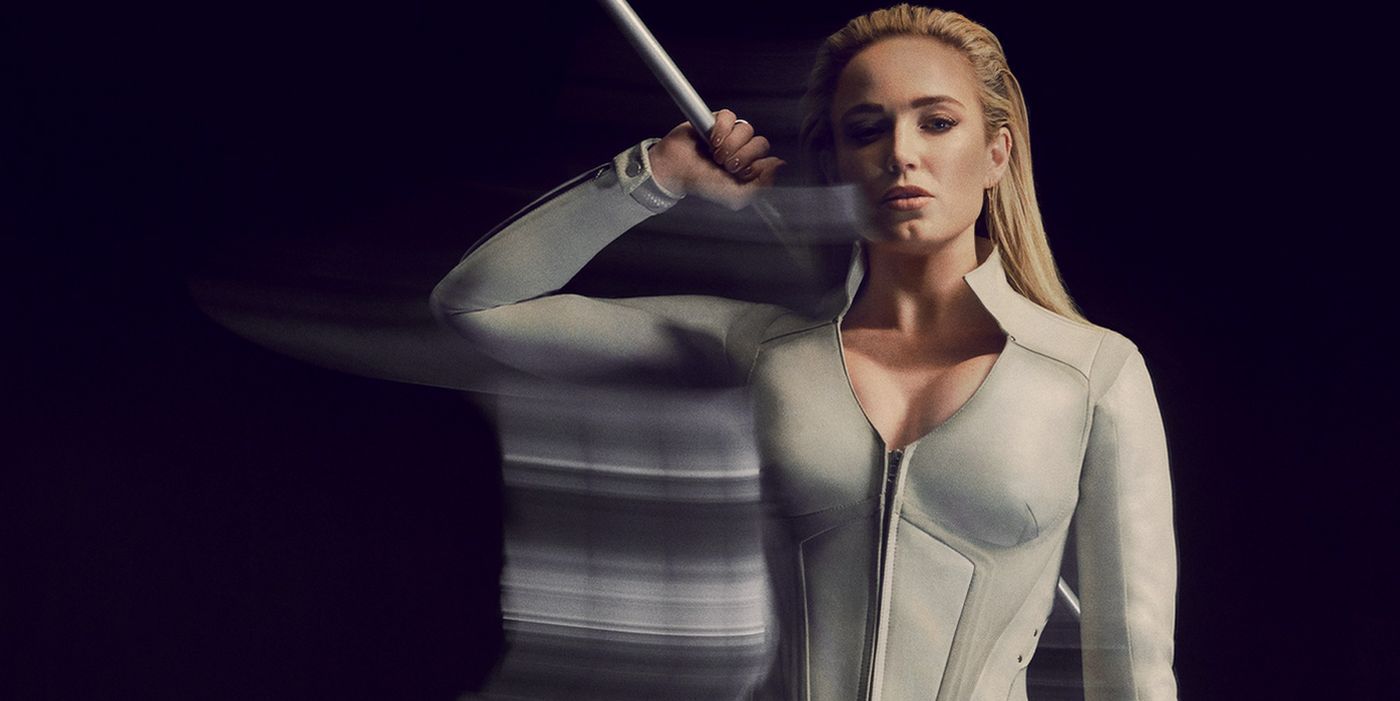
While the Black Canary title has been used by Dinah Drake and Dinah Laurel Lance in the comics, Arrow had a different approach to how they'd play with the mantle. When Oliver went on the boat trip that would change his life forever, he was in the middle of having an affair with Laurel’s little sister Sara (Caity Lotz). In the comics, Laurel (or Dinah as she is most known as) never had any siblings, but that was changed for the TV series. In this version of the Green Arrow lore, Sara initiates the Canary legacy when she, like Oliver, became something else during the 5-years that they’re gone.
Throughout her origin story, Sara went from being one of Anthony Ivo’s captives to becoming a member of the League of Assassins as Ta-er al-Sahfer (Canary in Arabic). Thinking Sara had died for real this time during their war against Slade Wilson (Manu Bennett), the two heroes would years later reunite in Starling City, which began a complicated journey for the heroine. While Sara’s original role was to set Laurel on the path to becoming Black Canary, her death in Arrow season 4 was ultimately not the final ending, as the Arrowverse allowed her to become a larger character with Legends of Tomorrow.
While the name White Canary is associated with the Birds of Prey villain in the comics, Sara takes on the name as she leads the Waverider crew as the official captain. Sara has yet to make it into the DC canon, but that will never take away the great effect she has had with the Arrowverse as one of the primary heroines — as well as representing the LGBTQIA community. Being one of the first female superheroes of this universe, the creation of Sara and the evolution the writers have allowed her still remains one of the best decisions in this franchise to this day.
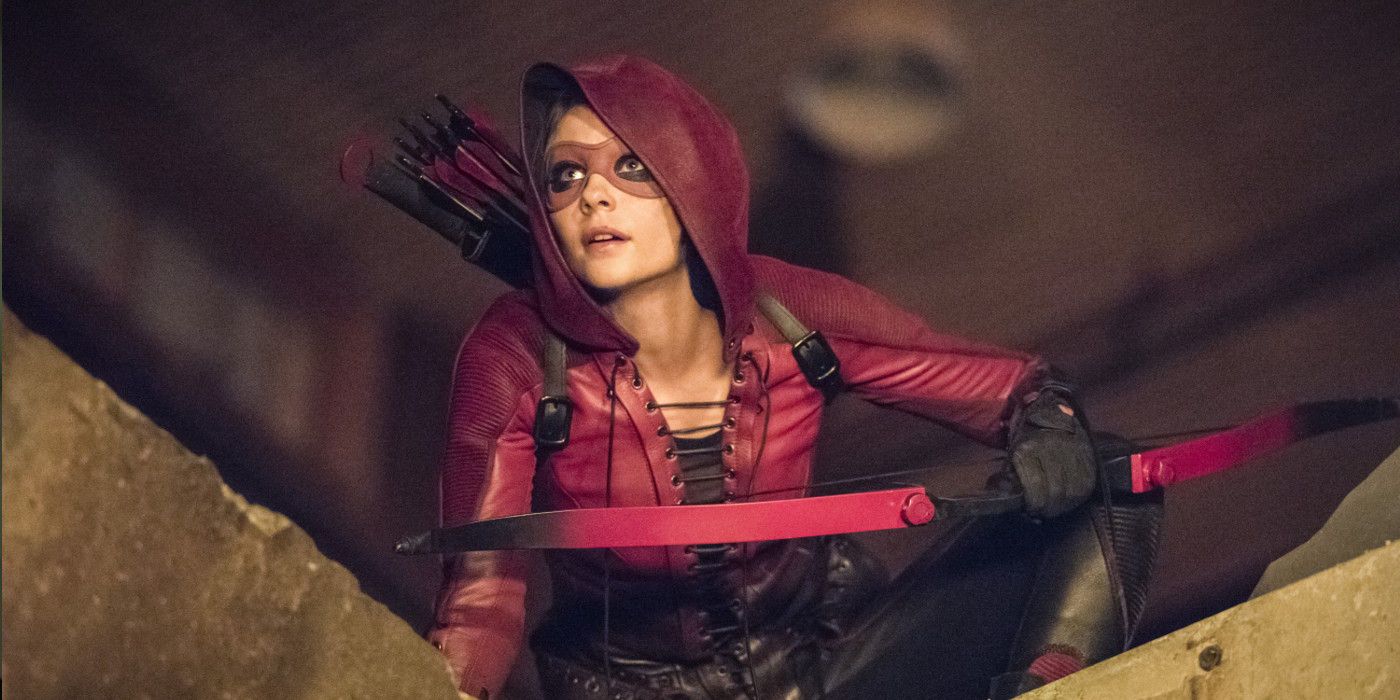
Even though Oliver didn’t have a little sister in the comics when Arrow began, The CW-adaptation gave him one in the form of Thea Queen, played by Willa Holland (although Oliver would later discover, in The New 52, that he actually had a long-lost half-sister when Emiko Queen was introduced). Thea is loosely based on Mia Dearden, Green Arrow's sidekick Speedy in the comics. Arrow has used aspects of Mia for Thea, going as far as revealing that her middle name is Dearden, which is her mother’s original last name before marrying Robert.
Throughout Thea's 6-year run, she went from the typical angsty teenager to becoming a young heroine in her own right. The journey would eventually include the twist that she was Oliver’s half-sister when it was revealed that Moira (Susanna Thompson) had an affair with Malcolm Merlyn (John Barrowman) several years ago, making him Thea’s biological father. With his guidance, Thea left the city she had grown up in after feeling betrayed and left out by those she loves, and went with Malcolm to re-create herself. But it doesn’t take long before she turns on Malcolm after learning that he had used her to kill Sara while being drugged. The end of Arrow season 3 and start of season 4 is when the writers fully embrace Thea as Speedy after Roy Harper (Colton Haynes) had to go into hiding after having faked his death to protect Oliver’s secret identity.
After getting his costume, Thea lasts as Speedy for roughly two seasons when she tries to leave that life behind throughout her final two years on Arrow as a series regular. While using Mia’s hero name and sharing a few similarities to her, Thea always managed to stand as her own unique character. Her return in Arrow season 8, while short, was perhaps Thea’s strongest arc after she had left in the sixth season to help Nyssa al Ghul (Katrina Law) destroy all the remaining Lazarus Pits on the planet. While it’s unclear how much of her stories from the final season still happened post-Crisis on Infinite Earths, Thea gets her happy ending with Roy as they get engaged in the series finale.
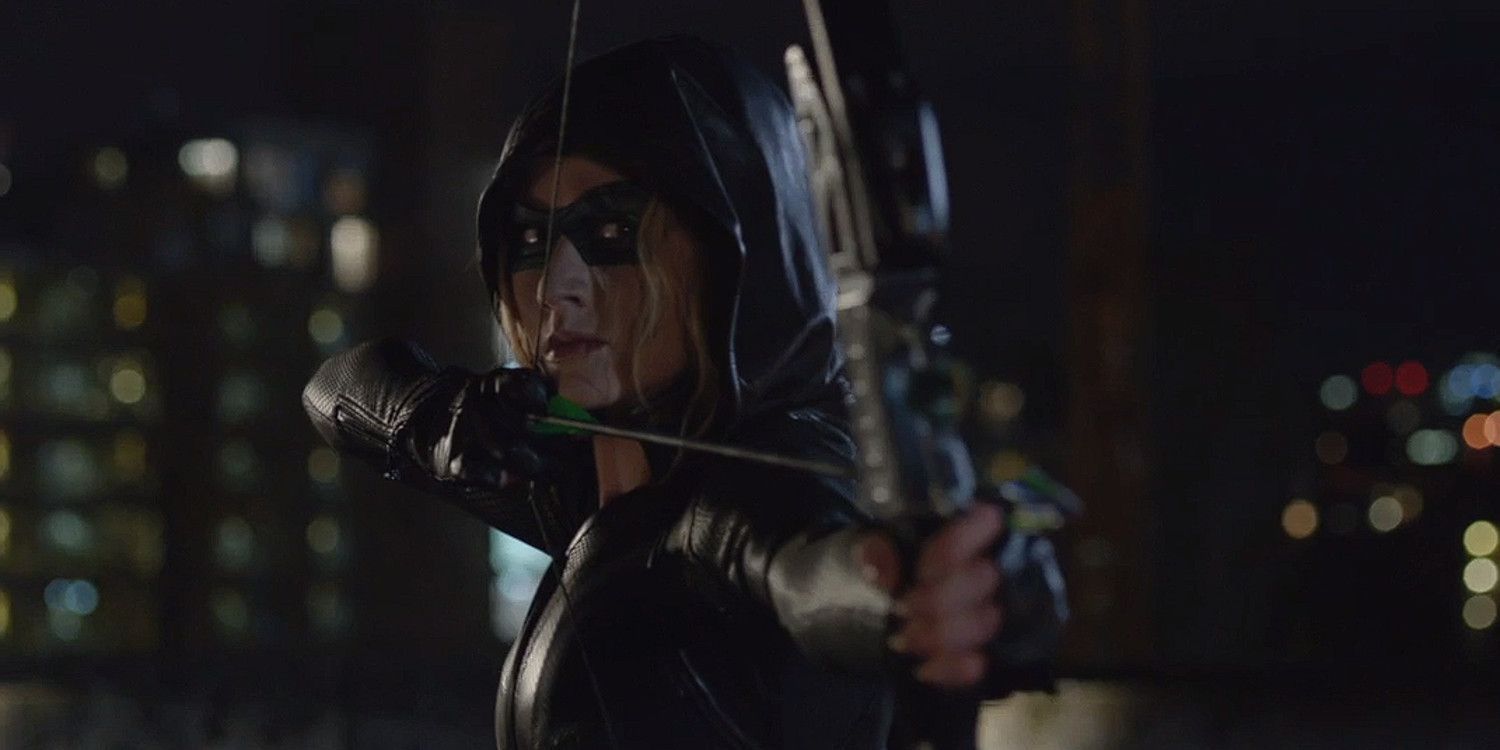
While Oliver is a father in the mythology, the hero hasn’t had a daughter in the main DC continuity with the Elseworlds story Kingdom Come being the only time he had one in the form of Olivia Queen. Arrow becomes the biggest Green Arrow platform to portray Oliver as having a daughter when Mia Queen-Smoak (Kat McNamara) was introduced in the seventh season. But her introduction came through a new storytelling method for Arrow, as viewers first meet Mia in the future as “Blackstar” before revealing herself as Felicity (Emily Bett Rickards) and Oliver’s child that is born in 2019.
But it’s when she and her half-brother William (Ben Lewis) are sent into the past where Mia gets her biggest story in the final season. Having never met her father due to Oliver sacrificing himself in the Crisis the year she was born, Mia gets to know him leading up to the 5-part crossover. Before his death, Oliver officially passes on the Green Arrow mantle to her. Despite having the same name as the second Speedy in the comics, Arrow’s Mia has little to do with that character.
Following the reboot of the universe, Mia’s history is rewritten as she grew up with William and had a significantly different life that is less-grim compared to the one she had in the original timeline. With Mia co-leading the potential spinoff Green Arrow and the Canaries with Laurel (Katie Cassidy) and Dinah (Juliana Harkavy), Oliver’s legacy will live through her as the Arrowverse continues to live on. Currently, it's unknown if the spinoff will get a series order due to the Coronavirus pandemic being a major factor.
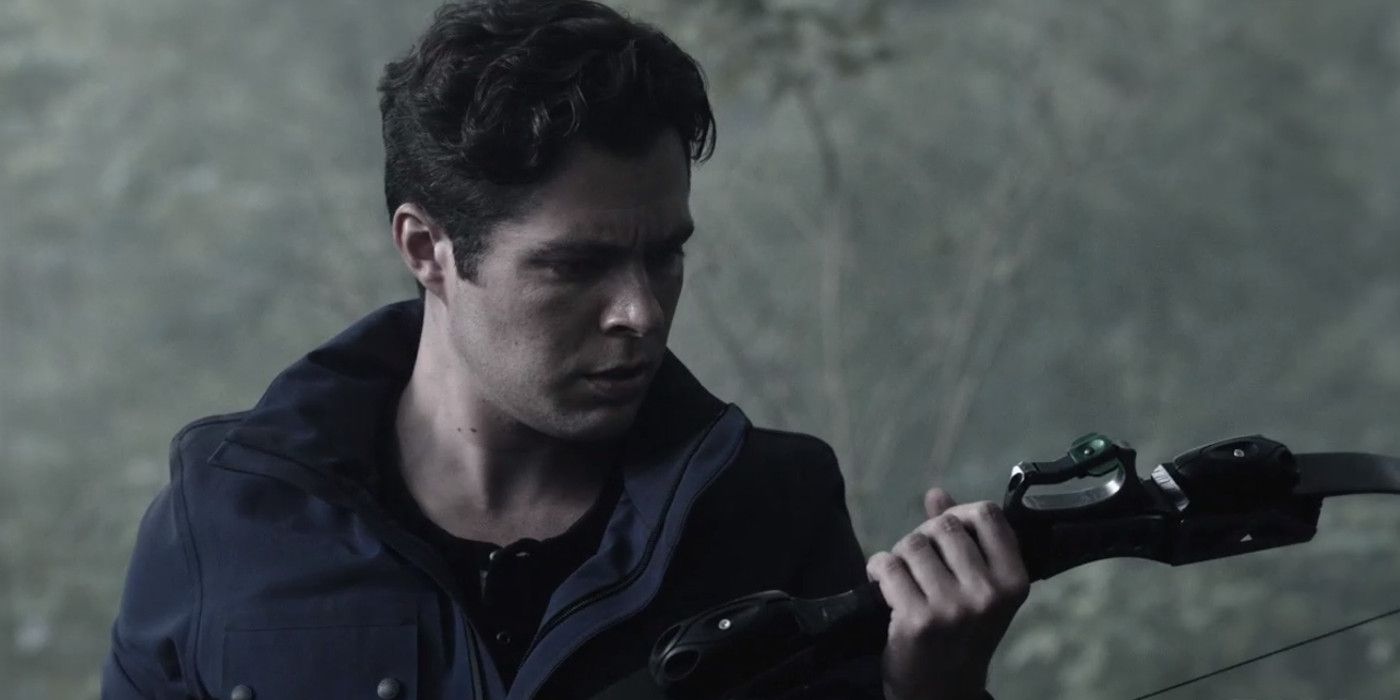
While Oliver’s son in the canon is Connor Hawke, Arrow went a different route from the comics with the creation of William Clayton. Before cheating on Laurel with Sara, Oliver had a one-night-stand with fellow college student Samantha Clayton (Anna Hopkins) who ended up getting pregnant. But after being bribed by Moira to tell Oliver that she had lost the child since he wasn't ready to be a father, Samantha isn’t seen until the 2015 crossover when Oliver discovers that she lives in Central City and has a son who he discovers is his. While not based or inspired by any specific DC character, William becomes a big part of Oliver’s life from the moment he discovered that he is the Green Arrow to the day he lost his mother in the destruction of Lian Yu.
William’s arc throughout the later seasons was prominently about becoming comfortable with his biological father as Oliver tried juggling being a father, the mayor, and the Green Arrow. While he does bond with Oliver as well as with Felicity, who takes on the role of his surrogate mother, William‘s relationship with them gets complicated when he decides to live with his grandparents. William grows up thinking that Oliver and Felicity abandoned him due to the grandparents blocking them from getting in touch with him. When re-introduced in the Arrow season 7 flash-forwards, William is now a rich businessman of his own company and has erased his ties with Oliver — including changing his last name. William also becomes another member of the LGBT community as he is revealed to be gay, something Oliver and Felicity always knew when William was a teenager.
His life changes drastically when discovering the existence of his half-sister Mia as they, with other heroes, take on the corruption in Star City together in 2040. But like Mia, his biggest story takes place in the final season when he gets to meet his father in 2019 before Oliver’s inevitable sacrifice in Crisis. With the creation of Earth-Prime, William’s life was also rewritten as he had now grown up with Mia and operates as the CEO of Smoak Tech. The last time the future William is seen is after Mia remembers her pre-Crisis life and becomes the Green Arrow of 2040. While she reclaims the mantle, William gets kidnapped by an unknown group, a plot point that will only be resolved should the spinoff go to series.
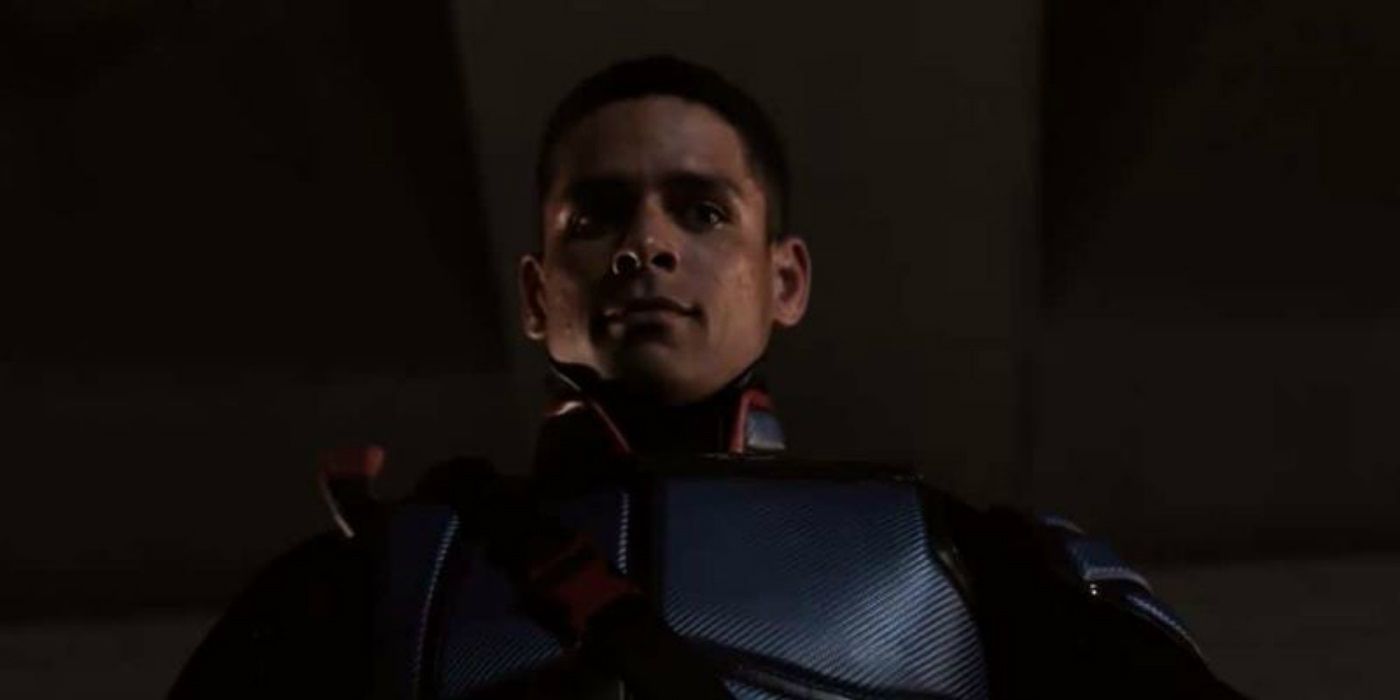
Diggle’s family life had its twist and turns following the birth of Sara Diggle. While Diggle has two kids in the post-Crisis timeline, it wasn’t always that way thanks to Central City's Scarlet Speedster. When Barry Allen (Grant Gustin) restored the timeline after Flashpoint, history was rewritten so that Sara got replaced by John Diggle Jr., which in turn erased the Connor Hawke (Joseph David-Jones) who was introduced in Star City 2046 on Legends of Tomorrow. Sara does, however, exist again after the creation of Earth-Prime as J.J.’s sister. While pre-Flashpoint Connor’s biological name was John Diggle Jr., time travel was used to clear-up the confusion that Arrow and Legends of Tomorrow had unleashed.
The Connor in that timeline was established to actually be from Earth-16 rather than be a future version set on Earth-1. The new Arrowverse canon depicts Connor as now being Bronze Tiger’s son who would later be adopted by Diggle. Arrow season 8 introduces Charlie Barnett as the grown-up version of Arrowverse’s official John Jr. or J.J. as they refer him to. In the pre-Crisis timeline, J.J. was the leader of the Deathstroke gang and has a complicated relationship with his stepbrother Connor. Diggle finds out what happens to J.J. when Connor, Mia, and William arrive in 2019 which becomes a key factor.
Post-Crisis, J.J. is not a criminal and is instead engaged to Mia, but he ends up getting his memories back by an unknown player who is somehow able to restore people’s memories from the previous timeline. Whether he’ll return to being a Deathstroke or not depends on if Green Arrow and the Canaries go to series, as the spinoff would be where that storyline gets resolved. The comic version of Diggle is currently depicted as not having any children, which keep J.J. and Sara as original Arrow characters.
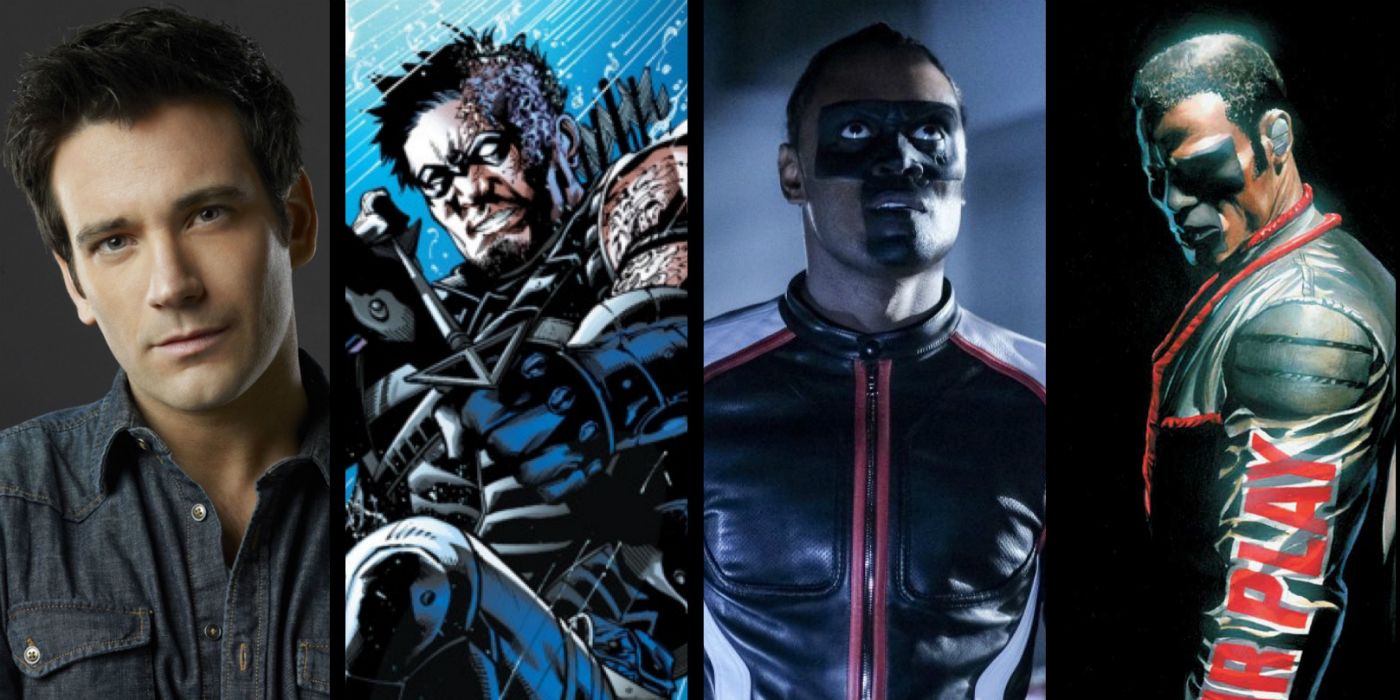
While Arrow has introduced several original characters that either have or haven’t made it into the DC canon, there are a few that were created that have loose connections to established players in the lore. One of the most interesting creations was Tommy Merlyn (Colin Donnell), Malcolm’s son, who was speculated to become the Dark Archer in Arrow’s first season before Barrowman ultimately was revealed to have been cast in that role. The Earth-2 version of Tommy, however, was established as having turned to the dark side in the final season's premiere. Once Oliver of Earth-1 got through to him, Tommy gave it up before the anti-matter wave destroyed that universe. But despite being an original creation for the TV series, Tommy actually debuted in DC Comics one month before Arrow premiered on The CW. First introduced through Green Arrow #5 in September 2012, Tommy is established as being Oliver’s best friend and the son of Merlyn the Dark Archer, just like Donnell’s iteration.
In the Arrow season 1 finale, Tommy becomes the first big death — which is ultimately undone when Oliver creates Earth-Prime during Crisis with Tommy being alive in the present time. But the DC version took Tommy down a villainous path after a party gone wrong leaves him severely burned thanks to Oliver’s reckless action against oil-thieving terrorists. Tommy’s villainy begins in the “Kingdom” storyline by Jeff Lemire as Oliver’s former best-pal has taken on the identity of Dark Archer. Despite Tommy being created specifically for Arrow, his comics debut prior to the show's launch becomes one of the series' major original characters to fall in a grey-area, It's unclear if DC Comics was always planning to introduce a Tommy Merlyn-character prior to Arrow's development in January 2012 before casting Donnell in 2012, followed by the series premiere in October.
Arrow season 4 introduces the superhero Mister Terrific as a semi-reimagined and loosely based version of Michael Holt through Echo Kellum’s Curtis Holt. The Arrowverse version depicts their Mister Terrific as an openly gay Bronze-medal Olympic athlete who is highly skilled with technology and quickly befriends Felicity prior to becoming another hero of Star City. While aspects of Michael were adapted for Curtis, the writers mostly tackled him as his own entity that adapts the superhero identity as an homage to wrestler Terry Sloane, who in the comics was the first Mister Terrific in the Golden Age. For most of Curtis's time on Arrow, he was one of the team's hackers and tech-gurus before departing as a series regular in season 7 and returning for a few episodes in the final season. Besides White Canary, fans will hopefully get to continue seeing these Arrow characters in future seasons of the Arrowverse.
from ScreenRant - Feed https://ift.tt/3fBkqvm

No comments: